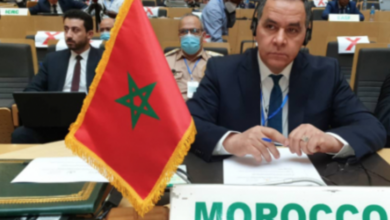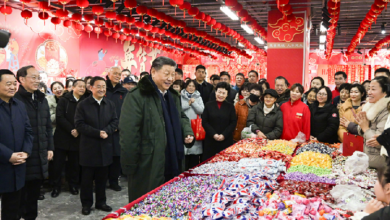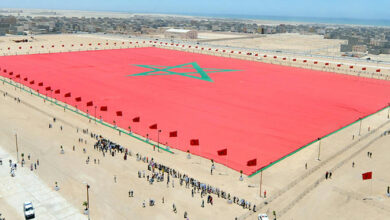International Investigative Report Exposes Polisario Militias’ Involvement in Assad Regime Crimes in Syria
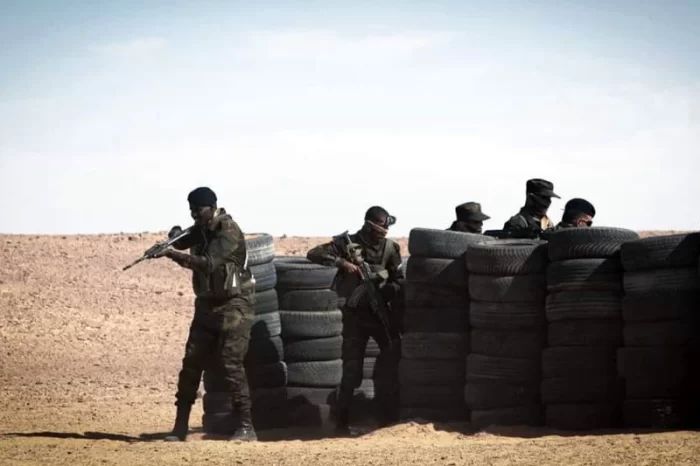
ALDAR / Meryem Hafiani
Dutch journalist and researcher Rena Netjes, in an investigative report published on the website of DAWN (Democracy for the Arab World Now), uncovered one of the darkest chapters of the Syrian war. The investigation highlights the involvement of fighters from the Polisario Front, backed by Algeria, in atrocities committed by Bashar al-Assad’s regime, with direct support from Iran and its military arm, Hezbollah.
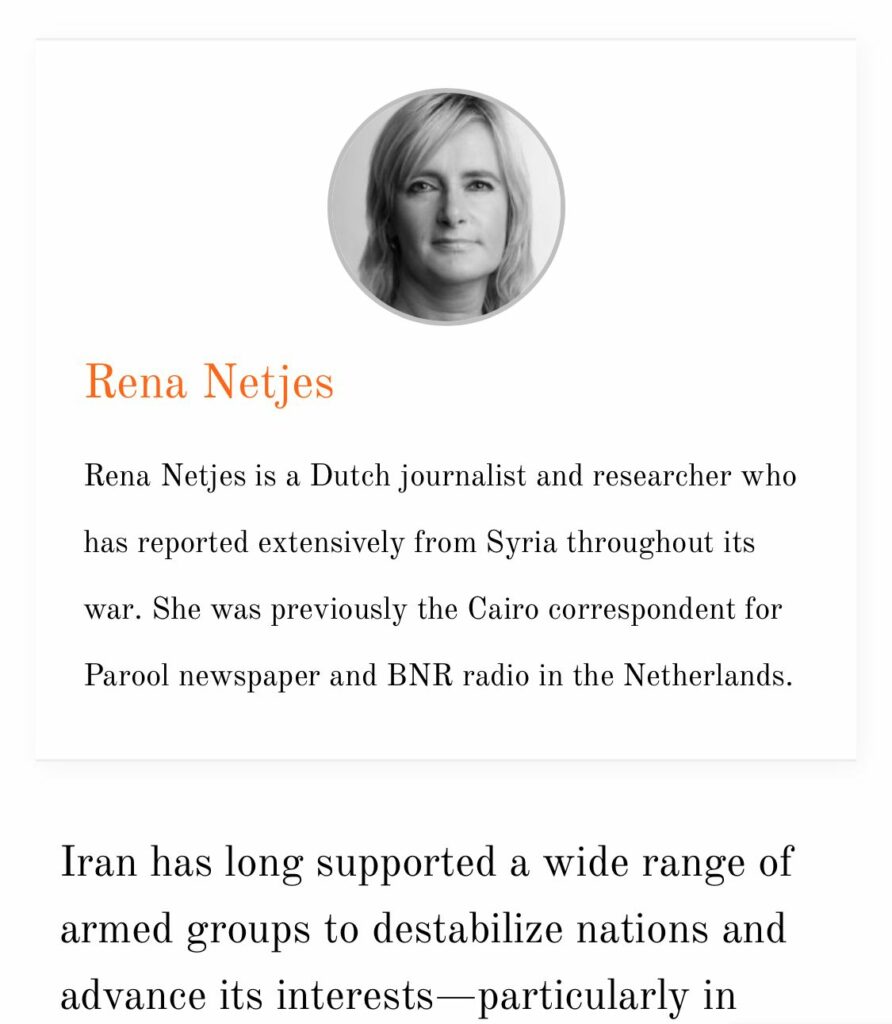
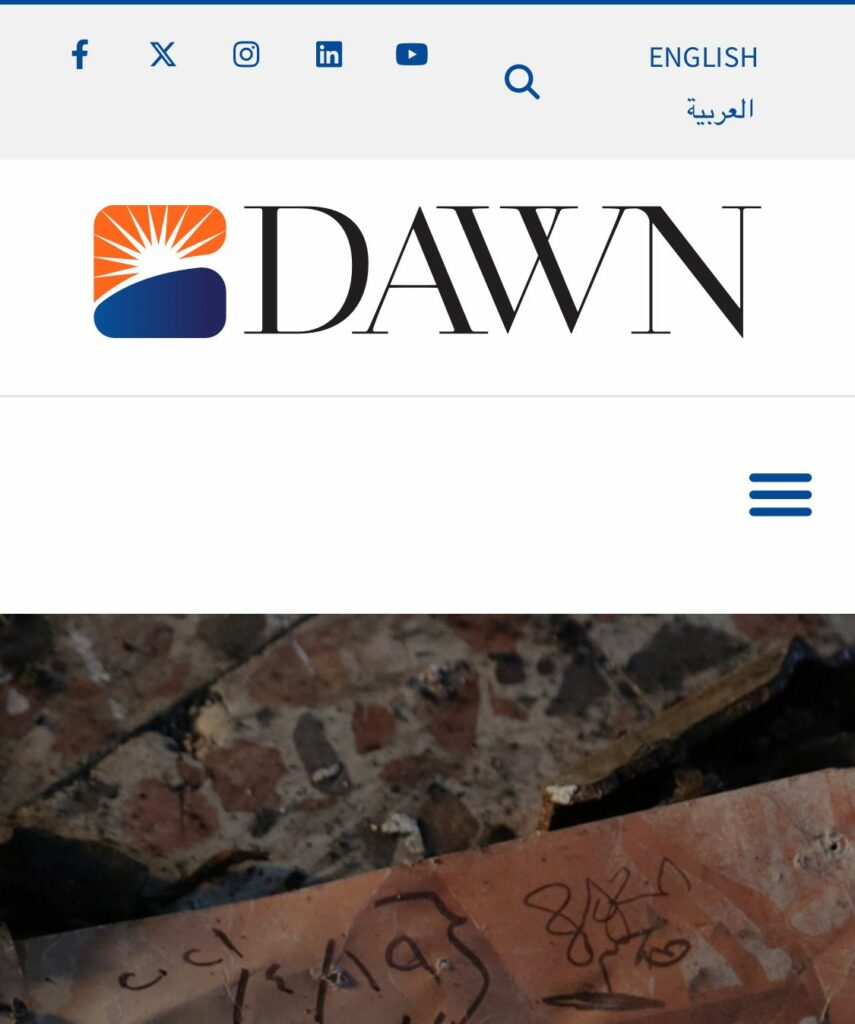
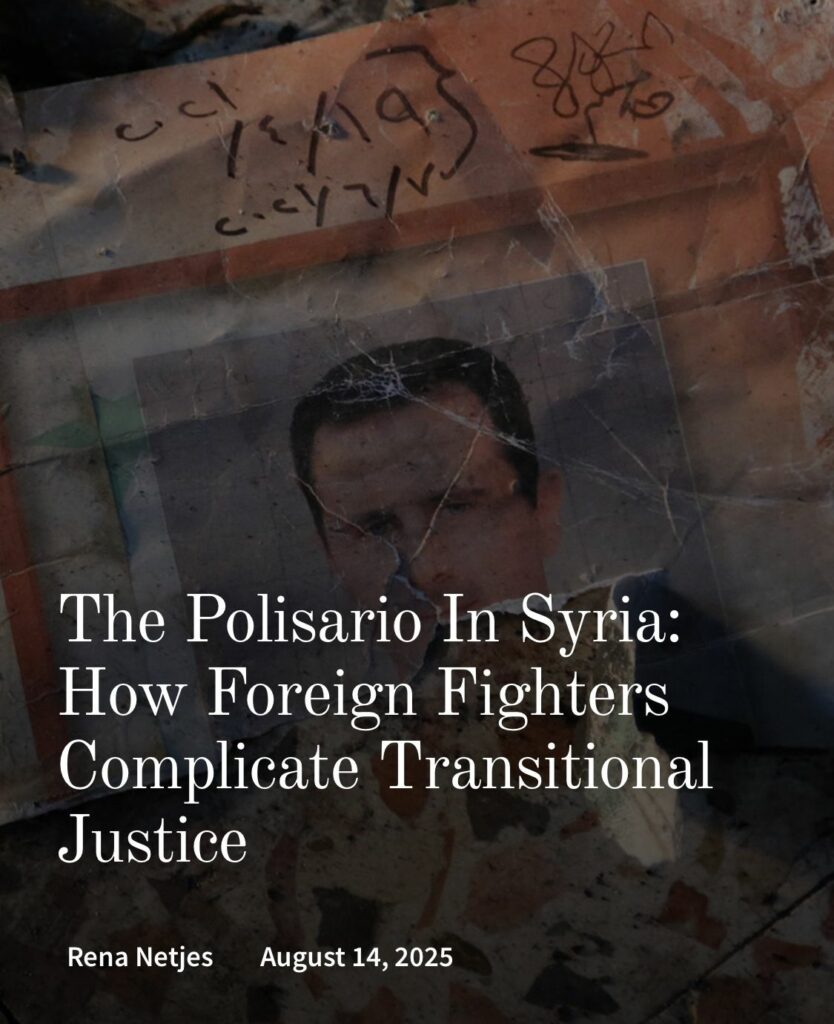
The report, titled “The Polisario in Syria: How Foreign Fighters Complicate the Path to Transitional Justice?”, reveals through documents and testimonies that Polisario members traveled to Syria at the outbreak of the war and fought alongside Syrian regime forces after receiving military training from Hezbollah in Lebanon, specifically in the Bekaa Valley. A 2012 report by Deutsche Welle Arabic had already confirmed the presence of 120 Polisario fighters within the Syrian army, based on a leaked Syrian security document stamped “Security 279.”
Information gathered by Netjes from various sources, including local journalists and Syrian researchers, shows that Sahrawi fighters were used as part of the network of foreign militias deployed by Tehran to safeguard the Syrian regime. These fighters were not only involved in combat operations but also implicated in war crimes against civilians. Some of them confessed to such crimes during interrogations after being captured by Syrian opposition forces in Idlib and Aleppo.
The report also indicates that part of the Polisario fighters fled to Lebanon as Assad’s forces collapsed on certain fronts, while others were taken prisoner. Independent sources confirmed that around 70 Polisario fighters and Algerian soldiers were captured south of Aleppo last December, with dozens of them currently detained in Idlib.
The investigation stresses that the Polisario’s office in Damascus played a pivotal role in facilitating the presence of these militias in the region, serving as a key front for their activities in the Middle East and strengthening their connections with Iranian and Algerian intelligence services. It further reveals that Polisario fighters often used aliases during their movements, frequently posing as pilgrims visiting Shiite shrines such as the Sayyida Zaynab mausoleum.
The regional implications of these findings are equally alarming. Algeria’s support for Assad, and its facilitation of Polisario involvement in the Syrian conflict, became a political card it used to defend the Damascus regime and aid its reintegration into the Arab fold. The matter escalated diplomatically when Algerian Foreign Minister Ahmed Attaf recently intervened with Syrian authorities to request the release of detained Polisario fighters and Algerian soldiers. Damascus, however, rejected the request, insisting they would be tried for war crimes.
This case highlights a broader issue related to transitional justice in Syria: the presence of thousands of foreign fighters, including those of the Polisario, remains a major obstacle to accountability. While the Syrian Transitional Justice Commission works with Interpol and international bodies to pursue those involved, the crimes committed are still caught between geopolitical calculations and regional power balances, threatening to reduce the suffering of the Syrian people to a bargaining chip instead of a matter of justice and redress.
Thus, the investigation not only sheds light on a hidden dimension of the Syrian war but also places the Polisario and Algeria at the heart of a complex web of dark alliances, where regional interests intertwine with cross-border terrorism. It underscores how conflicts in North Africa and the Middle East are increasingly interconnected, raising serious ethical and legal questions about the role of such organizations in exacerbating the tragedy of the Syrian people.



